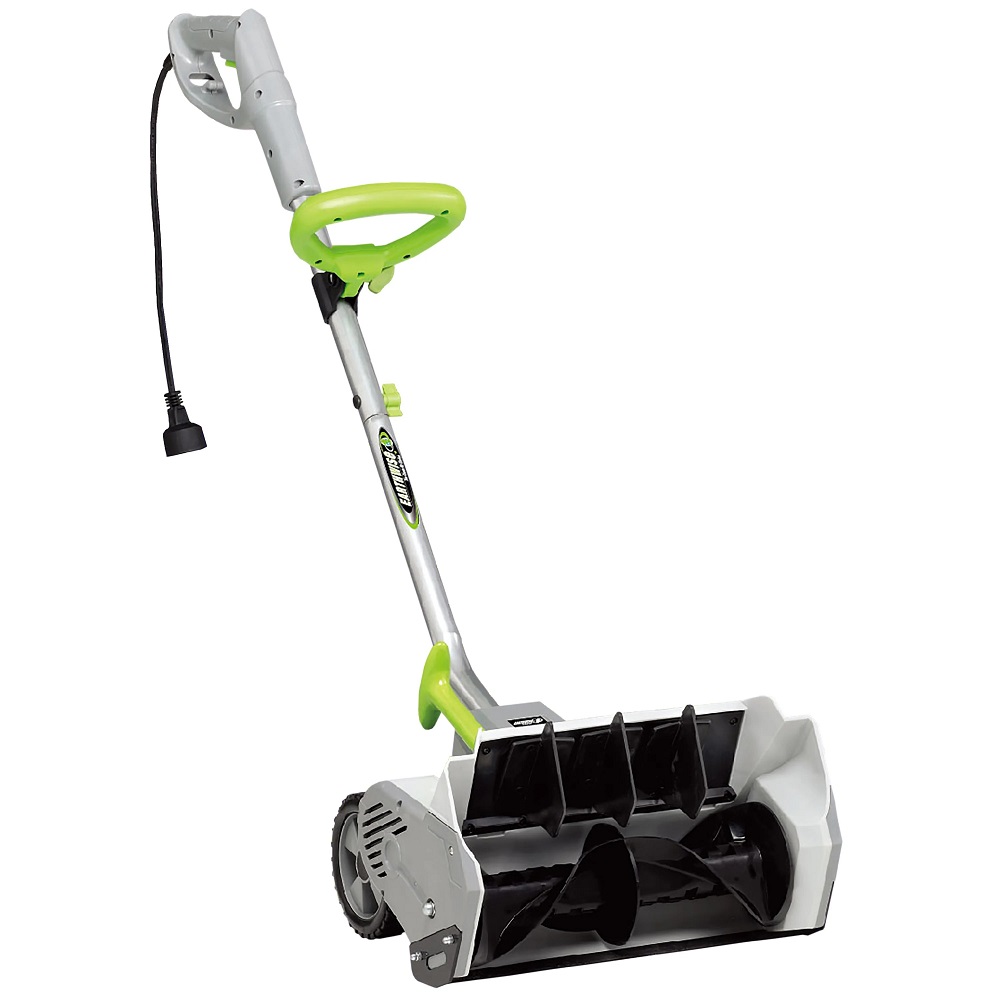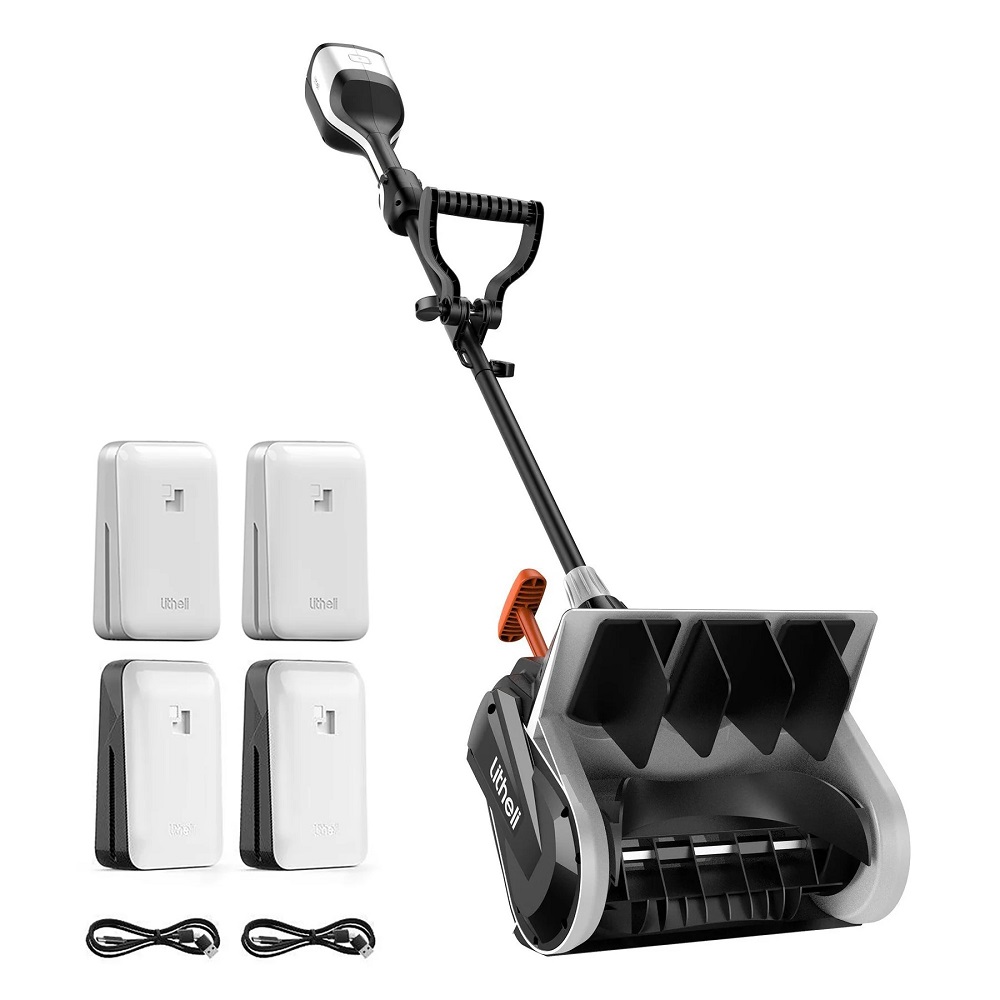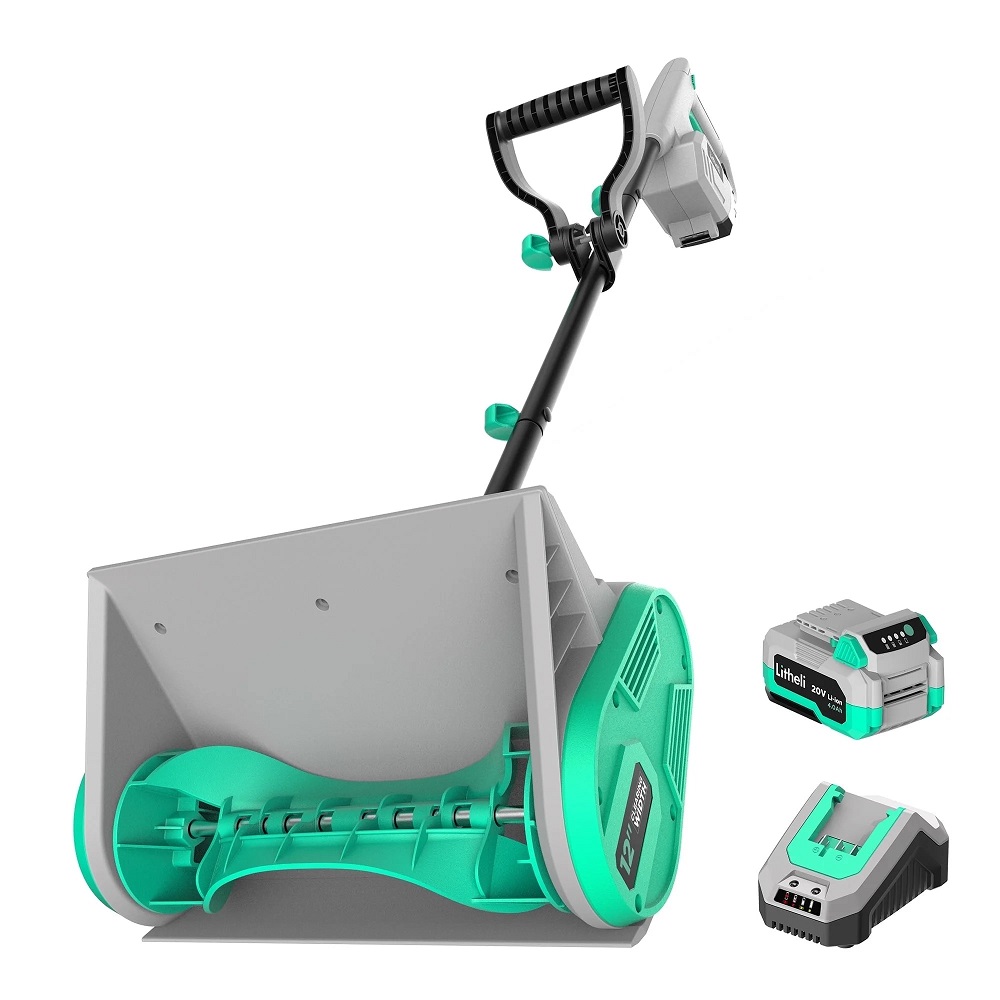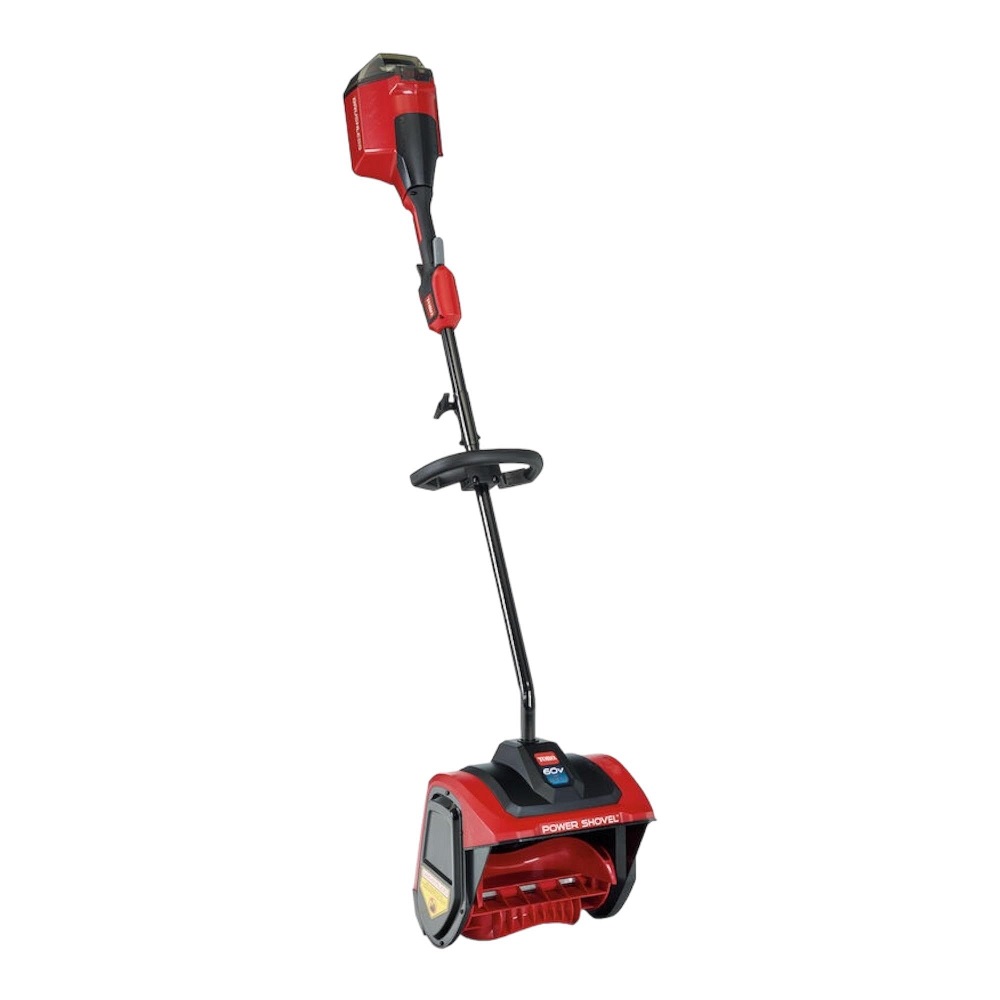Introduction to Power Shovel Operations
Power shovels are a vital part of modern construction and mining industries. They are large, mechanical digging devices. These machines can move substantial amounts of earth or other materials in a relatively short period. Operators must handle them with care for both efficiency and safety.
Understanding the Role of a Power Shovel Operator
The power shovel operator has a pivotal role on job sites. This person is responsible for controlling the power shovel’s movements. The operator must ensure the operation is smooth and safe. From the digging of trenches to the loading of trucks, operators manage a range of tasks. They must follow strict safety protocols to prevent accidents. A skilled operator knows the machine’s capabilities and limits. They also stay aware of their surroundings at all times. Safe operation is their primary concern. This helps reduce risk to both themselves and others on site.

Pre-Operation Safety Checklist
Every power shovel operator must begin with a thorough pre-operation safety checklist. This step is crucial for preventing malfunctions and accidents. Below are ways to inspect the power shovel before use:
Inspecting the Power Shovel Before Use
- Check Fluid Levels: Ensure that hydraulic fluid, engine oil, and coolant levels are sufficient.
- Examine Tires and Tracks: Look for signs of wear or damage that could impair movement.
- Test Control Mechanisms: Verify that levers and pedals are responsive and not sticking.
- Inspect the Bucket and Boom: Look for cracks or bent parts on the digging components.
- Review Safety Systems: Test alarms, lights, and emergency shutoff systems.
- Evaluate the Area: Make certain no obstacles will hinder the power shovel’s operation.
Performing these steps helps assure that the power shovel is ready and safe for use. It also helps the operator to prevent potentially hazardous situations that could occur during operation. Remember, safety always comes first.
Personal Protective Equipment (PPE) for Operators
When handling a power shovel, wearing the right PPE is not just important, it’s mandatory. This equipment minimizes the risk of injury from accidents or unexpected occurrences.
Mandatory PPE for Handling Power Shovels
Every power shovel operator should equip themselves with the following safety gear:
- Helmet: Protects the head from falling objects and impacts.
- Safety Goggles: Shields the eyes from flying debris and dust.
- High-Visibility Vest: Ensures the operator is clearly visible to others, especially when working in dim or busy areas.
- Steel-Toe Boots: Safeguards the feet against heavy falling objects and provides stability on uneven ground.
- Gloves: Prevents hand injuries and enhances grip when handling tools or machine controls.
- Hearing Protection: Reduces the risk of hearing damage from prolonged exposure to loud noise levels of the power shovel.
By wearing the proper PPE, operators can reduce the likelihood of injuries and set a standard for safety on the work site. Remember to check the condition of your PPE before each use to ensure it provides the maximum level of protection.
Operational Safety Procedures
Operational safety procedures are critical for ensuring the seamless and secure use of a power shovel. These procedures encompass a variety of practices designed to minimize risks during operations. Proper execution of these safety protocols not only keeps the operator safe but also safeguards the work environment.

Best Practices for Power Shovel Maneuvering
When maneuvering a power shovel, it’s essential to adhere to certain best practices:
- Maintain Smooth Movements: Operate the power shovel with steady, controlled movements to avoid sudden jolts or drops.
- Use Spotters: Employ spotters to guide you, particularly in areas with limited visibility or when moving in reverse.
- Avoid Overloading: Never exceed the lift capacity of the shovel. This prevents tipping and mechanical overstrain.
- Follow a Path Plan: Plan your travel path before moving, ensuring it’s clear of obstacles and within the machine’s operational range.
- Keep Distance From Edges: Stay away from site edges or unstable ground that could collapse under the machine’s weight.
By implementing these maneuvering strategies, a power shovel operator can greatly reduce the risk of accidents and enhance overall safety.
Safe Digging and Excavation Techniques
Safe digging and excavation are also of paramount importance:
- Assess the Environment: Prior to digging, assess the area for underground utilities or potential hazards.
- Use Appropriate Attachments: Select the right bucket or attachment for the material type and job at hand.
- Monitor Load Stability: Keep an eye on the load’s stability during lifting and moving to prevent spills or tip-overs.
- Stick to the Safe Zone: Ensure that the swing radius of the power shovel is free from workers or equipment.
- Gradual Layer Removal: Excavate in layers rather than attempting to dig too deeply with a single scoop.
By following safe digging and excavation techniques, operators can avoid common pitfalls and maintain a high level of safety and efficiency during the earthmoving process. This keeps projects on track and prevents costly or dangerous mistakes.
Maintaining Situational Awareness
Situational awareness is a crucial aspect of power shovel operation. It involves staying alert and aware of the surrounding environment throughout the workday. It helps operators anticipate and avoid potential hazards that can cause accidents or equipment damage.
Identifying and Avoiding Hazards in the Work Area
Identifying and avoiding hazards in the work area is fundamental to maintaining safety:
- Monitor Weather Conditions: Keep an eye on weather changes that can affect operations.
- Survey the Site: Regularly check the site for new hazards that may have arisen.
- Keep Clear Communication: Use radios or hand signals to stay in touch with the team.
- Watch for Pedestrian Traffic: Always be aware of people entering the work zone.
- Regular Breaks: Take short breaks to stay focused and alert throughout the day.
- Emergency Preparedness: Know the location of first aid kits and emergency exits.
By staying vigilant and being proactive about hazard identification, power shovel operators can maintain situational awareness and reduce the risk of accidents on site.

Emergency Protocols and Quick Response
When operating a power shovel, being prepared for emergencies is as crucial as the daily safety measures. A quick and effective response can mitigate injuries and damage. Understanding and following emergency protocols is key.
Steps to Take in Case of an Accident
In the event of an accident, power shovel operators should:
- Stop Operations Immediately: Discontinue use of the power shovel as soon as it is safe to do so.
- Activate Emergency Systems: Use alarms or emergency signals to alert other workers on site.
- Assess the Situation: Quickly evaluate if there are injuries and the extent of equipment damage.
- Provide Aid: If trained, give first aid to any injured persons while awaiting medical professionals.
- Notify Supervisors: Report the incident to site managers or supervisors without delay.
- Preserve the Scene: Keep the accident area untouched for investigation purposes.
- Cooperate with Responders: Work with emergency personnel by providing information and assistance.
By following these steps, operators can ensure a structured response to accidents, helping to control the situation and enable quicker resumption of safe operations.
Post-Operation Safety Measures
After a long day of work, it’s vital that power shovel operators carry out proper post-operation safety measures. These steps ensure that the machinery is safely shut down and that it remains secure until its next use. Implementing these procedures helps to extend the life of the power shovel and prevent accidents.
Proper Shutdown and Securing of the Power Shovel
To properly shut down and secure a power shovel, operators should follow these guidelines:
- Turn Off the Engine: Make sure the engine is fully shut down and remove the key.
- Lower the Bucket: Bring the bucket or any other attachment to the ground to avoid unintended movement.
- Set the Brakes: Engage the parking brake to prevent the power shovel from moving.
- Switch Off Electrical Systems: Turn off all electrical systems, including lights and gauges.
- Check for Leaks: Do a quick walk-around to inspect for any hydraulic or oil leaks.
- Lock the Cabin: Secure the operator’s cabin to prevent unauthorized access or vandalism.
Taking these end-of-day precautions not only secures the power shovel but also prepares it for the next day’s work. It’s a crucial part of a responsible operator’s routine to ensure that all is as it should be before leaving the worksite.
Training and Certification for Operators
Proper training and certification are key components for power shovel operators. They promote safe and efficient handling of heavy equipment on work sites.
Importance of Continuous Learning and Certification
As with any industrial machinery, operating a power shovel requires specialized knowledge and skills. Continuous learning helps operators stay current with the latest safety protocols and operational techniques. Certification is not only proof of an individual’s ability but also a requirement in many regions to ensure compliance with safety regulations. By being certified, operators demonstrate their commitment to safety and their proficiency in handling a power shovel.
- Understand Regulations: Familiarize yourself with the local guidelines and safety requirements for power shovel operations.
- Attend Training Courses: Enroll in certified training programs to learn about the power shovel’s mechanics, best practices, and safety measures.
- Gain Hands-On Experience: Practice under supervision to develop the skill needed for precise and safe maneuvers.
- Stay Updated: Keep up with new safety information and industry standards.
- Renew Certifications: Regularly renew certifications to show ongoing commitment to safe operations.
Operators should prioritize their education in the field and maintain a record of their learning achievements. A well-trained operator is an asset to any construction or mining project, leading to a safer and more productive workplace.
